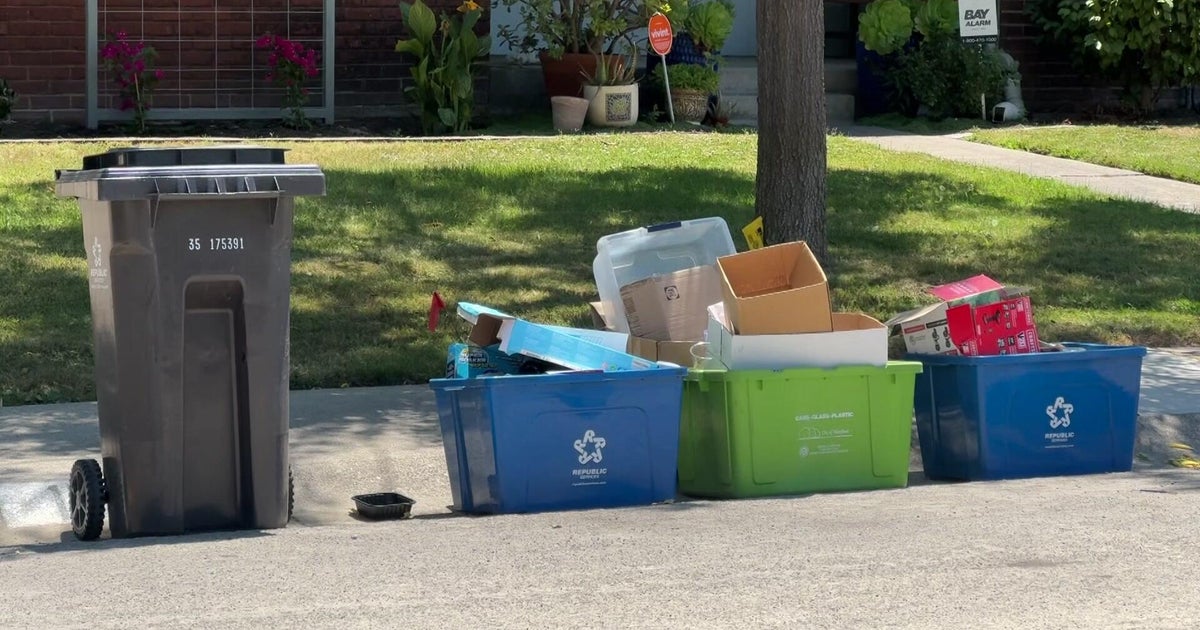Coronavirus: Between Infection Rates Or Hospitalizations, Which Data Paints Most Accurate Picture?
BERKELEY (KPIX) -- When it comes to coronavirus infection rates versus hospitalization numbers, health officials must determine which data paints the most accurate picture.
The changing numbers and data of new COVID-19 cases, rates of infection at any given time, and trends in different counties can lead to some confusion.
Governor Gavin Newsom has repeatedly said the first set of numbers he looks at in the morning are COVID hospitalizations and how many are currently in the intensive care unit. That's what some leading epidemiologists are emphasizing as well.
The constant flow of new numbers and data may be difficult to interpret.
"Surveillance data showing how many people were tested, how many tests were positive, what percentage of tests is positive, are imperfect measures of what's happening in the community," said Art Reingold, UC Berkeley Professor of Epidemiology.
"The spikes that we're seeing now are pretty much noise. They are an artifact of who is being tested, how aggressive testing is, and day by day variation," said John Ioannidis, Stanford School of Medicine Professor of Disease Prevention.
According to the California Department of Public Health, more than 1.7 million tests have been conducted in California. Santa Clara County has performed more than 67,000 tests with about 4% testing positive. In San Francisco County, more than 59,000 tests and 6% overall positive.
"It shouldn't be waiting to see who comes to get tested but instead periodically testing a number of people to see if there's activity in the population," said Ioannidis.
"What we'd like to know is the rate of infection. How many new infections there are in the population in a given week, or something like that. The problem is we don't know how to measure that very well. That study would be an incredibly expensive and difficult study," said Reingold.
The latest numbers show in San Francisco,there are 53 COVID positive patients in hospitals and 21 in the ICU. In San Mateo, the numbers are 57 and 20 respectively. In Marin County, there are three COVID-19 positive hospitalizations.
"The ones I pay most attention to our hospitalizations and deaths. They are the most consistently reported and I would say the trends all have been in the right direction. That is to say flattening the curve and leveling the curve downward for several weeks," said Reingold.
"It's better to guide the decisions based on the number of hospitalizations rather than the number of new documented cases," said Ioannidis.
"When I look at the Bay Area there's a consistent downward trend in these important metrics and hospitalizations and deaths," said Reingold. "We are seeing a reflection of less transmission that occurred three, four, five, six weeks ago."
"I don't like to look at particular cut-offs and say it should be this many tests per thousand in population or should be this percentage of tests that are positive. Those are very difficult numbers to interpret," said Reingold.
"The total number of positive tests is hugely determined by who's getting tested on a given day or any given week," said Reingold.
There are limitations solely looking at the number of hospitalizations.
"The con is that hospitalizations may happen after a week or two, or sometimes longer, after a person has been infected. So in theory, if you have any waves come in like a second wave, by the time we see a lot of people hospitalized, it is not unlikely that the epidemic has already been going on for a couple weeks," said Ioannidis.
"The severe illnesses and hospitalizations and deaths tend to occur 3 to 4 weeks after the infections," said Reingold.



